With Heroes Like This, Who Needs Villains?
According to Owen Ullmann in an op-ed published by USA Today, there are some unsung “heroes” in the battle against the coronavirus pandemic – the brave and courageous bankers at the Federal Reserve.
I think Ulmann misspelled “villains.”
Ulmann writes that the Fed “has taken extraordinary steps to prevent the global economy from crashing into irreversible catastrophe as business around the world grinds to a virtual halt.”
This is like praising the arsonist for trying to put out the fire he set by throwing more gasoline on it.
The Fed certainly has taken extraordinary steps. Just a few days ago, it announced QE infinity. It committed to buy an “unlimited” amount of US Treasury bonds and mortgage-backed securities. It also announced a new program to buy corporate bonds for the first time ever.
In Ulmann’s Keynesian wonderland this is fantastic news.
The Fed can create unlimited amounts of dollars — that’s right, trillions, if required — to ensure that banks have enough funds to make emergency loans to businesses large and small.”
Yes indeed. Printing new money out of thin air so companies, governments and individuals already drowning in debt can borrow more money is the prescription for saving the economy! Free money for everybody!
According to his bio, Ulmann has been covering the Federal Reserve for more than 40 years. Given that fact, it’s staggering that he could remain so completely oblivious to the fact that these very same policies set up the 2008 financial crisis and that the Fed doubled-down after that crash to blow up an even bigger bubble setting up the meltdown we’re witnessing today. In simplest terms, the Fed wrecks the economy over and over again. Easy money created by the Fed blows up bubbles. Bubbles pop and set off a crisis. Rinse. Wash. Repeat.
Meanwhile, the Ulmanns of the world cheer on this monetary malfeasance perched on a throne of ignorance.
Ulmann said because the Federal Reserve is “an independent agency” (I could write an entire article on the absurdity of calling politically connected bankers “independent.”) the central banks “can move immediately and with creativity.”
The Fed certainly did move immediately. It took months to fire all of its ammunition during the 2008 financial crisis. This time, it managed to empty its magazine in a matter of weeks. But there is nothing creative about anything Powell and Company have done. It’s just the same play from the same played-out playbook it’s been operating out of for decades — cut interest rates, print money out of thin air and hope that the “stimulus” keeps the economic bubbles inflated.
Ulmann writes, “We can only hope that this unparalleled social and economic disruption is short-lived, and normalcy will return in the coming months. ”
But things weren’t normal before coronavirus. The bubbles blown up by the Fed were already leaking air and the Fed was already engaged in “extraordinary” monetary policy more than a year before coronavirus reared its ugly head. There never was “normal.” The dot-com bubble wasn’t normal. The housing bubble wasn’t normal. And the most recent everything bubble wasn’t normal either. These were all products of the monetary policy Ulmann praises today.
Peter Schiff summed it up in a recent videocast.
The economy was sick before the virus infected us. It was a bubble. There was nothing normal about that bubble. And the problem with bubbles is once they pop, they’re not going to reflate. You need a new bubble. You need a bigger bubble. That’s what the Fed did. They inflated the NASDAQ bubble. That popped. They inflated a bigger bubble in housing. That popped. And then they inflated a bubble in everything.”
And now it’s popped. The problem we face today is that there may not be another bubble to blow up. “There is nothing left to bubble up. It’s over,” Schiff said.
With all of the money being injected into the economy, the most likely scenario is a tsunami of inflation. But Ulmann insists we have nothing to worry about appealing to quintessential Keynesian claptrap.
Inflation is hardly a problem today; rather, the fear of deflation is the larger concern. And demand for dollars has never been greater around the globe. So creation of trillions of new dollars to keep the global economy solvent during this crisis is essential.”
Yes. Fear falling prices. That would be a tragedy for the millions of people sitting at home not earning a paycheck during this shutdown of the economy.
Of course, this is a holy writ from the Keynesian bible. We must always and at all times have price inflation. In the Keynesian catechism, falling prices create a bad economy. But as economist Robert Murphy explained, it’s the other way around.
Part of where this fear of deflation comes from is, historically, it’s associated with very bad economies. So, during the Great Depression of the 30s, there were falling prices. And there are other periods where prices fell when things were bad, but I would argue that the causality was the other way around. Partly what was going on there was people were concerned because the economy was so terrible. And, so what do you do when you’re afraid? You don’t want to invest in companies and things like that. You rush to liquidity. You rush to hard money. That’s why you often see in periods of panic people will rush to the money, so you see prices of all other things quoted in money fall. So, it’s not that the falling prices caused the bad economy. It’s the other way around.”
Artificially pushing prices up – treating the symptom – doesn’t cure the problem – monetary policy-induced malinvestment and asset bubbles.
But why didn’t we see price inflation with $4 trillion in monetary stimulus the Federal Reserve pumped into the system during the Great Recession?
There are a number of technical reasons, but fundamentally, the Fed was able to reinflate the bubble after 2008 because everybody believed the QE and debt monetization was temporary. They believed that the Fed would “normalize” interest rates. They believed the Fed would shrink its balance sheet. But that never happened. As soon as the central bank pushed toward normalization, the stock market tanked and the Fed pivoted right back to rate cuts and quantitative easing. Nobody is going to believe that this round of money-printing is temporary. Money-printing to infinity is the new normal and that is a recipe for price inflation.
And even if you buy Ulmann’s Keynesian myth, this crisis is fundamentally different from 2008, as Deutsche Bank macro strategist Oliver Harvey explained to Fox Business.
The 2008 crisis was a “classic demand shock,” whereas this time around is “first and foremost a supply shock which is now spilling over to demand,” he said. Consumers are staying away from restaurants and stores because governments told them to do so and wage earners aren’t going to work because they are being told to stay home to avoid spreading and/or contracting the virus. What has happened is a “second-order response to a first-order shock to aggregate supply,” he said, and trying to keep spending at pre-lockdown levels while keeping lockdowns in place will lead to more money chasing much less goods and services, resulting in “inflation, and a lot of it.”
The reality is, Ulmann’s heroes set us up for this meltdown and the cure will be more painful than the ailment. With heroes like this, who needs villains?



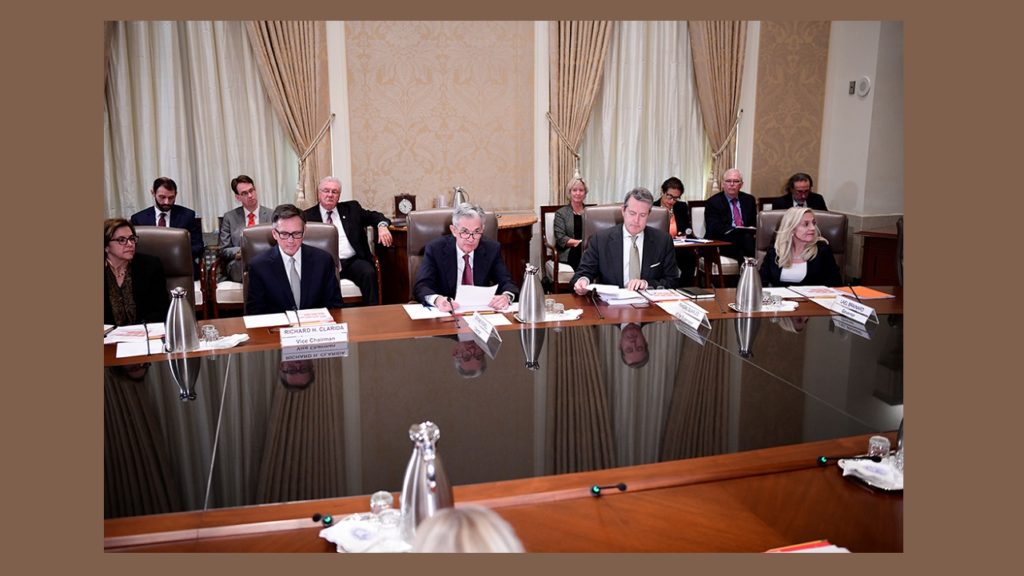

 With the AI boom and green energy push fueling fresh copper demand, and with copper mines aging and not enough projects to match demand with supply, the forecasted copper shortage has finally arrived in earnest. Coupled with persistently high inflation in the US, EU, and elsewhere, I predict the industrial metal will surpass its 2022 top to reach a […]
With the AI boom and green energy push fueling fresh copper demand, and with copper mines aging and not enough projects to match demand with supply, the forecasted copper shortage has finally arrived in earnest. Coupled with persistently high inflation in the US, EU, and elsewhere, I predict the industrial metal will surpass its 2022 top to reach a […]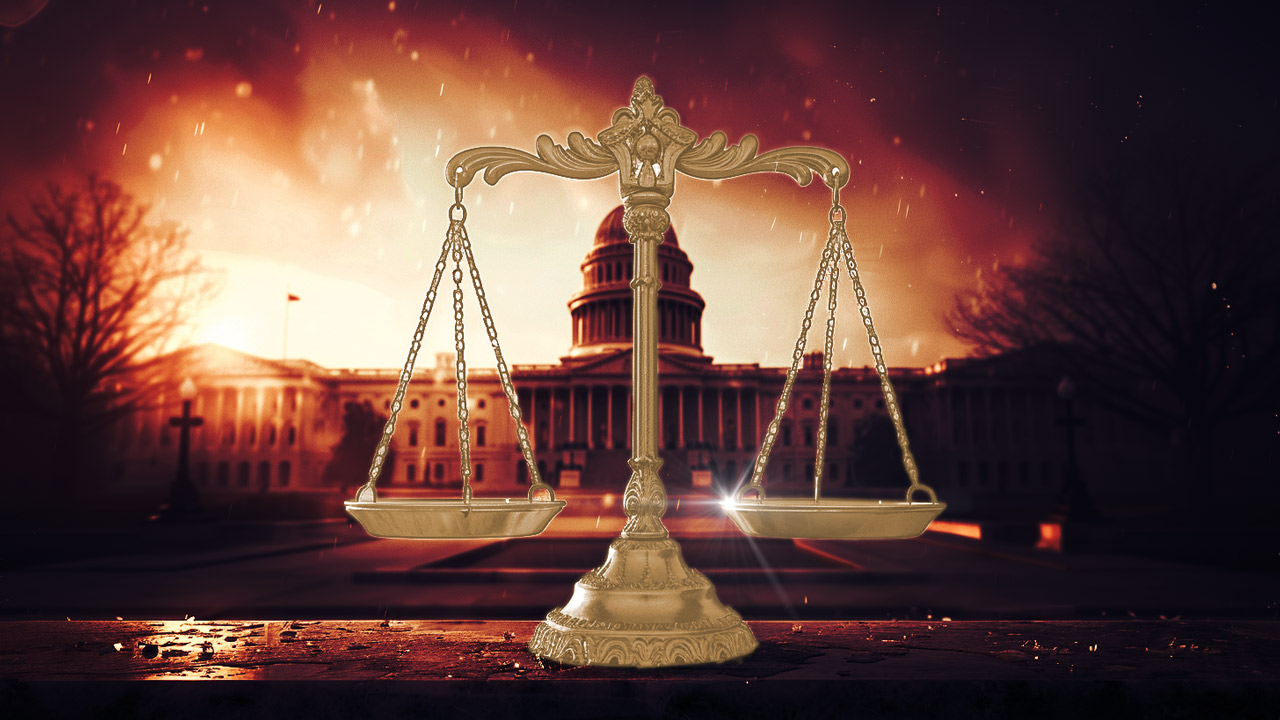 America’s trust in its institutions has rapidly eroded over the past 20 years. We have a lower level of trust in our judicial system and elections than most European countries. Some of this is natural, as Americans are uniquely individualistic, but much of it arises from repeated government failures.
America’s trust in its institutions has rapidly eroded over the past 20 years. We have a lower level of trust in our judicial system and elections than most European countries. Some of this is natural, as Americans are uniquely individualistic, but much of it arises from repeated government failures.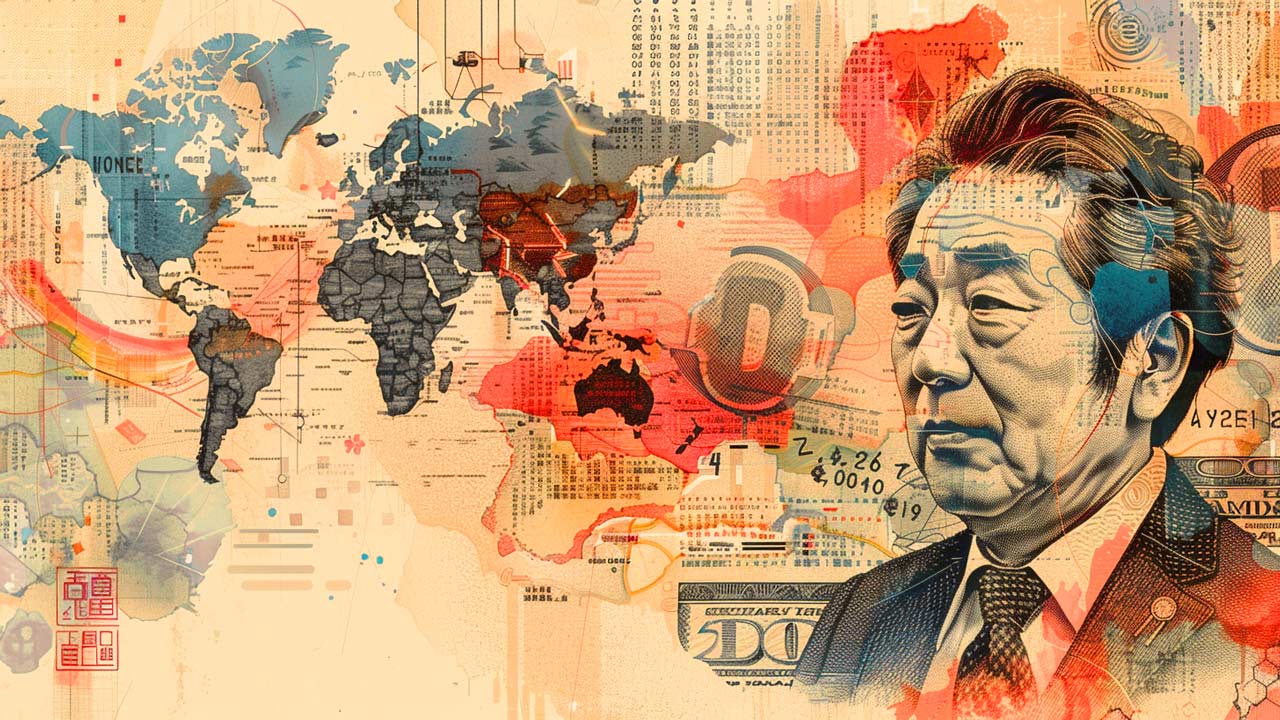 Decades of negative interest rate policy in Japan have ended. That could mean the end of the $20 trillion “yen carry trade,” once one of the most popular trades on foreign exchange markets, and a chain reaction in the global economy. The yen carry trade is when investors borrow yen to buy assets denominated in […]
Decades of negative interest rate policy in Japan have ended. That could mean the end of the $20 trillion “yen carry trade,” once one of the most popular trades on foreign exchange markets, and a chain reaction in the global economy. The yen carry trade is when investors borrow yen to buy assets denominated in […]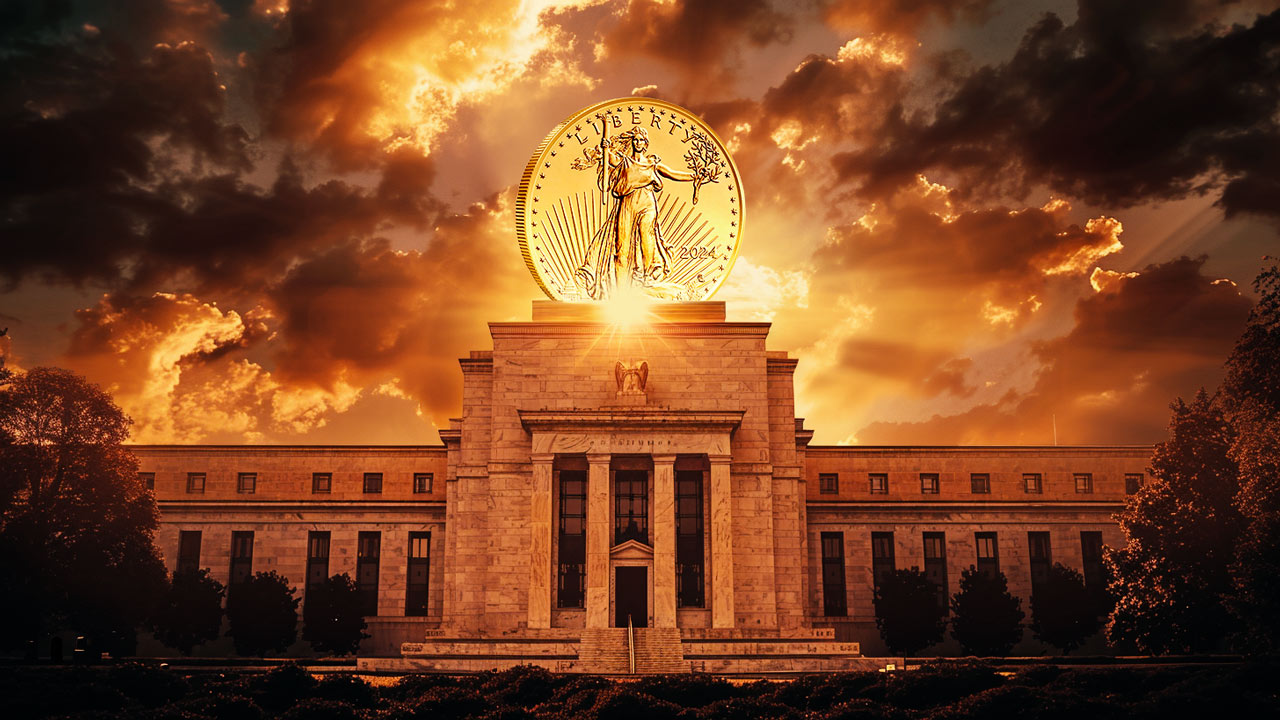 With a hot CPI report casting a shadow of doubt on the likelihood of a June interest rate cut, all eyes are on the Fed. But they’ve caught themselves in a “damned if they do, damned if they don’t” moment for the economy — and the news for gold is good regardless.
With a hot CPI report casting a shadow of doubt on the likelihood of a June interest rate cut, all eyes are on the Fed. But they’ve caught themselves in a “damned if they do, damned if they don’t” moment for the economy — and the news for gold is good regardless. 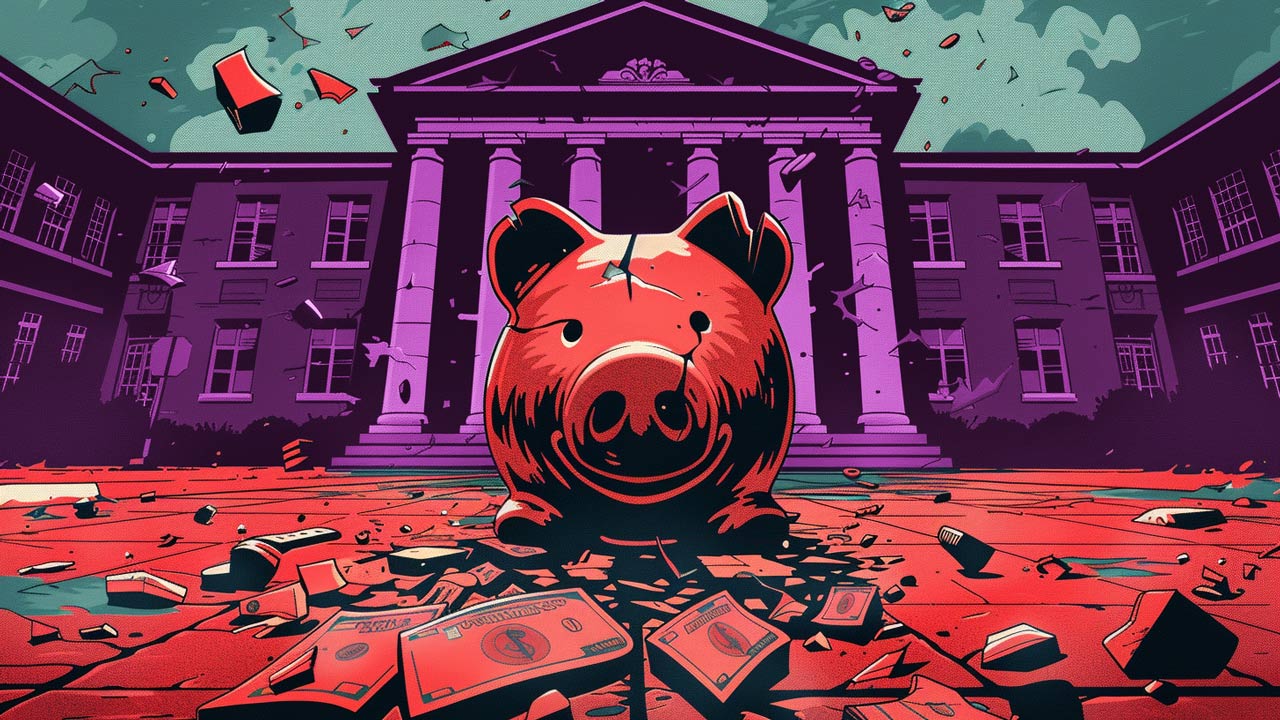 It’s no secret that the American public is wildly ignorant of many issues that are central to the success of our nation. Just a generation ago it would have been unthinkable that less than half of the American population could recognize all three branches of government. America is in most cases far less educated about its government […]
It’s no secret that the American public is wildly ignorant of many issues that are central to the success of our nation. Just a generation ago it would have been unthinkable that less than half of the American population could recognize all three branches of government. America is in most cases far less educated about its government […]